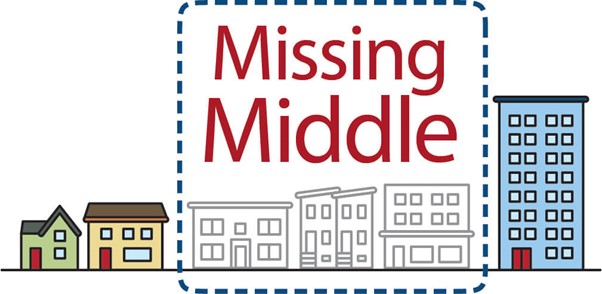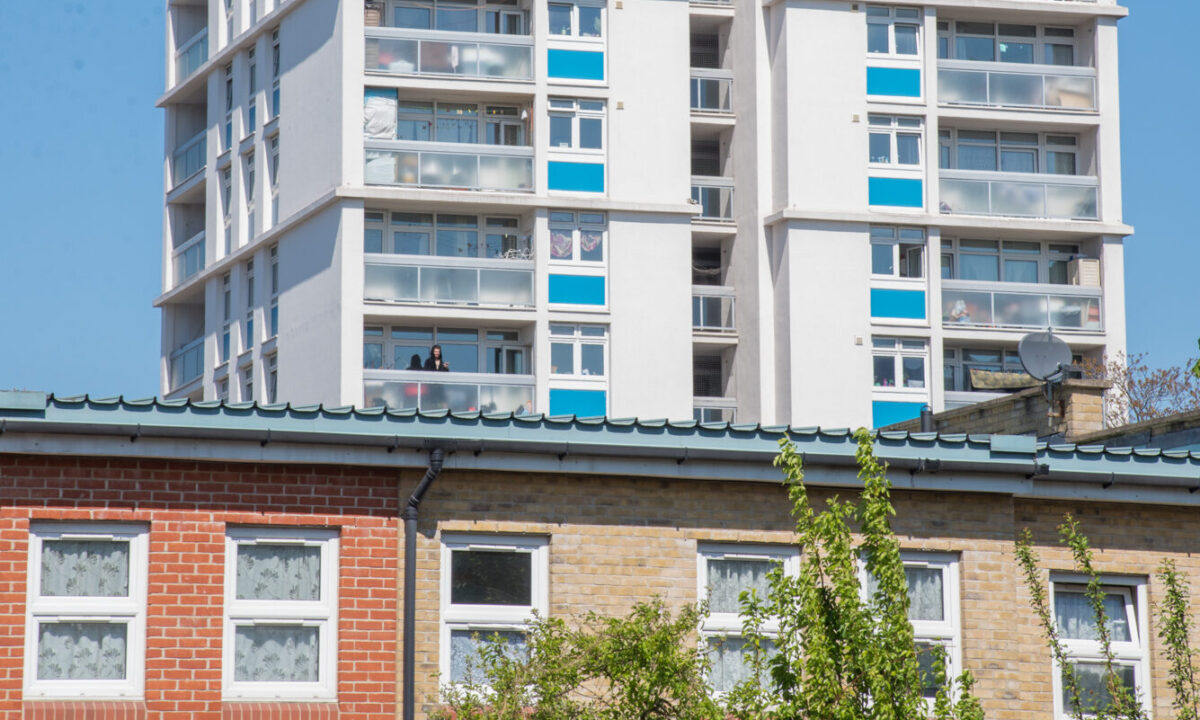Progressive Labour politicians should be leading the way on the delivery of gentle density and missing middle housing, not calling for bans on modest flats and apartment schemes.
Labour is missing a trick not leading on the creation of walkable urban living in communities dominated by single-family homes. Known as the ‘Missing Middle’, these housing options represent a whole variety of built forms. Built form that is compatible in size and scale with lower density neighbourhoods. It also provides diverse housing options that supports local shops, public transport and community-serving amenities. Middle housing would form part of a sustainable approach to the growing demand for walkability in our communities and the social need for housing.
What is ‘missing middle housing’?
Daniel Parolek argues for the reintroduction of these concepts in one of Planetizen’s top planning books ‘The Missing Middle’. Described as ‘middle’ because it sits in between mid-to-high-rise apartment buildings and your typical terraced, semi-detached, or detached homes. But many of these housing options have since gone ‘missing’, disappearing from new building stock figures or not being measured at all.
Whether young couples, teachers, paramedics, single professional women or baby boomers, many seek ways to live in a walkable neighbourhood. Many people also seek to live without the cost and maintenance burden of a terraced, semi-detached, or detached home. Or simply cannot afford to live in one. The ‘Missing Middle’ solves the mismatch between what is currently available in UK suburbia and the desire for walkable neighbourhoods.
Sadly, both Labour and the Conservatives are lacking in leadership in support of this type of built form. Instead, as we have seen from Croydon to Churchfields, local parties are kowtowing to NIMBYs in focus groups. These people trick them into believing that the real enemy is the person living in what are often the most affordable forms of accommodation. Flat dwellers and those residing in sub-divided houses.
We are preventing homes for those without children
Record numbers of women are reaching the age of 30 child-free, more than half (50.1 per cent) of women in England and Wales born in 1990 were without a child in 2020. This is almost three times higher than the figure in 1941 where 17.9 per cent of women were child free. Bearing this in mind we know that more households will be without children. Ignoring middle housing means we fail to provide for those who cannot afford to live in a family-sized house on their own.
But are young, highly educated, technology-driven millennials who desire mobile, walkable lifestyles that are prepared to exchange space for shorter commutes and mixed-use neighbourhoods a cause for concern? And does building new maisonettes, sub-divided townhouses, courtyard apartment schemes, or two to four storey apartment blocks really undermine the character of an area?
The correct answer is no if constructed to decent home standards. Politicians purporting to support policies that just focus on the three-bed family home are simply out of touch. Failing to address the needs of a shifting demographic, all based on an outdated myopic view of the world.
For the most part of the last century multi-unit or clustered housing types have been considered compatible with our communities. Often missing middle housing types have consisted of smaller units. This achieves higher density while maintaining connection to the streetscape without needing costly items such as lifts. Construction of such nature can come at a lower cost and increases build efficiency. It allows the creation of gentle density neatly placed into current residential and mixed-use development patterns.
Labour must not ban flats under any circumstances
To achieve real housing affordability, Labour cannot be standing on myopic outdated views such as “build houses, not flats”. The simple fact is we do not have enough of missing middle housing, which includes flats and sub-divided housing.
All too often apartment blocks with four to eight flats over four floors are said to be “too big”. Cited by those already well housed and more privileged than their broader communities. But we must choose our target base and we must draw the line somewhere. If we want to win elections should we be courting “would be” Labour voters who really want nothing other than to prevent change, or should we ask ourselves are these converts to our values, or are we traitors to ours?
If Labour wants to win marginals it needs to appeal to those who have Labour values inside them. Not by dragging out its stall to those who fail to recognise the damage caused by making our housing shortage worse. After all the middle aged, not the middle class are the real swing voters.



